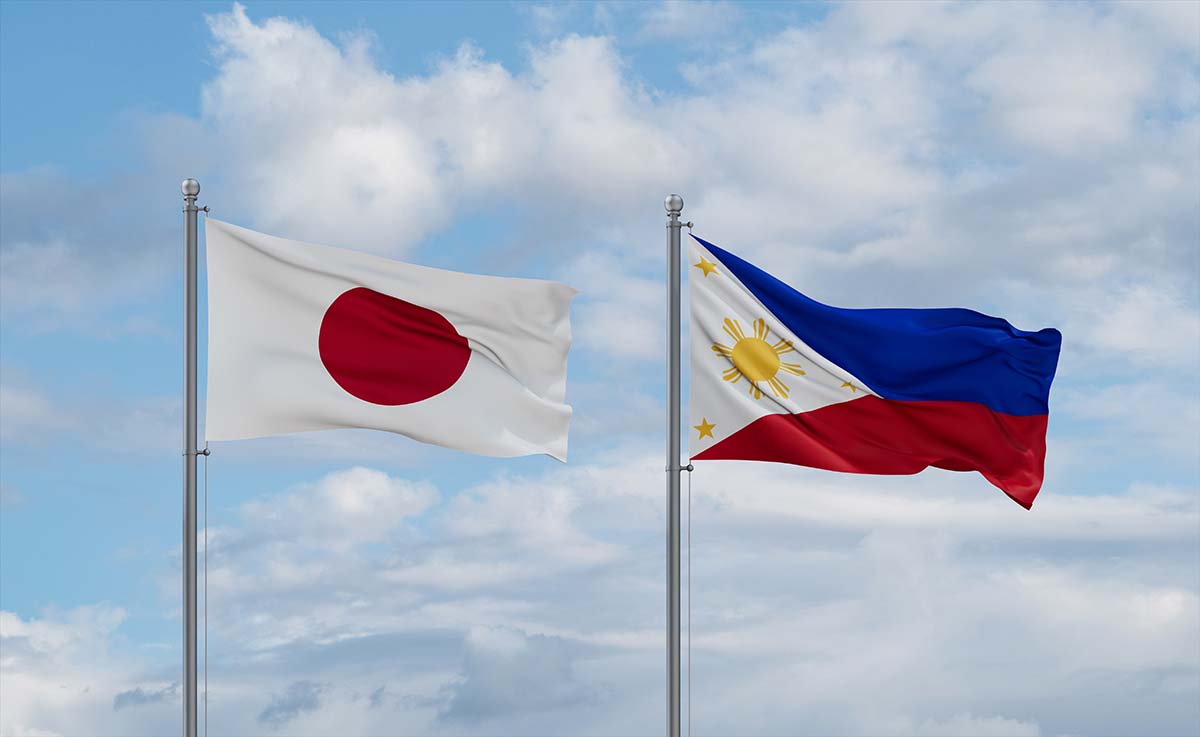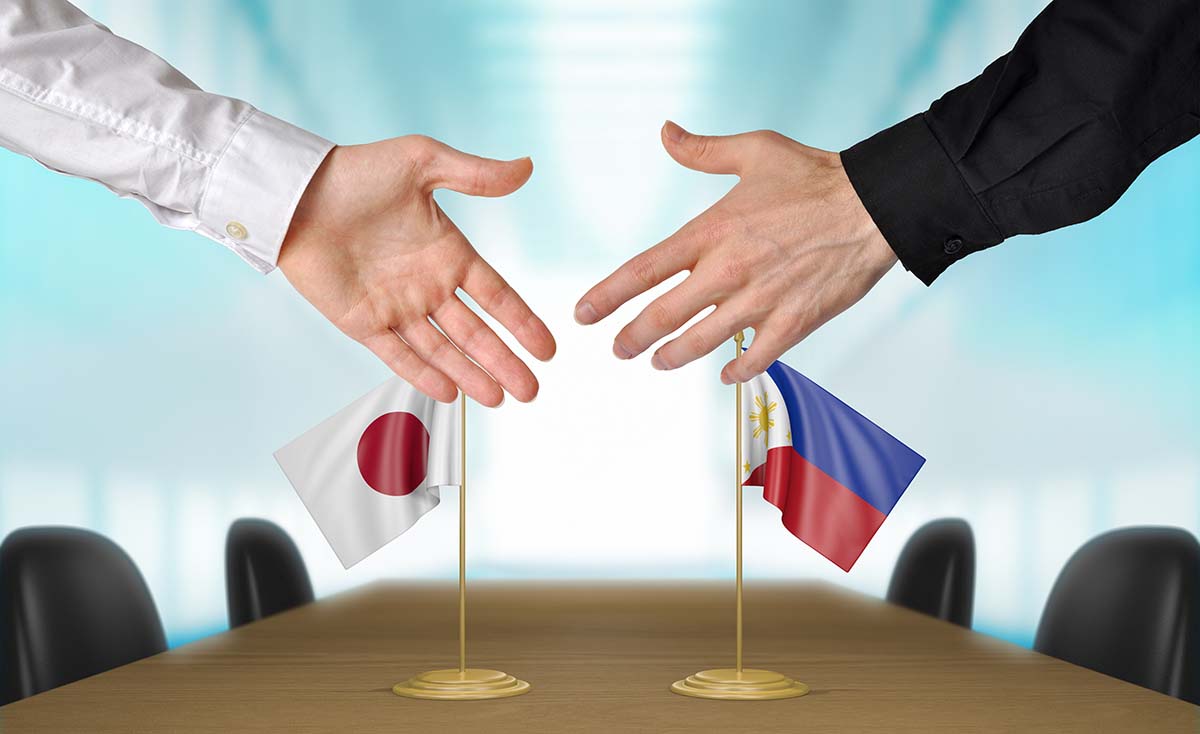The Philippines and Japan go way beyond formal ties—they share a deep, evolving connection that touches everything from trade and tech to anime, adobo, and Olympic gold. What started with postwar diplomacy in 1956 has grown into a dynamic partnership powered by culture, commerce, and real people. Here’s a snapshot of how that bond plays out today—on the ground, in business, and across generations.
A Strong Foundation: Diplomatic Ties Built Over Decades
Japan and the Philippines have enjoyed a solid diplomatic relationship since 1956. From early post-war assistance to today’s active cooperation, their bond has only strengthened over the years.
QUICK FACTS : Diplomatic Milestones
• Official ties began in 1956
• Japan was the first to provide post-war aid to the Philippines
• High-level visits between the two countries remain a key feature of their relationship
Trade & Investment: Economic Growth Powered by Partnership
Japan is one of the Philippines’ biggest trade partners, especially in electronics and vehicles. This economic alliance continues to grow, with both countries seeking ways to boost bilateral trade.
QUICK FACTS : Economic Snapshot
• Japan is the Philippines’ largest source of foreign investment
• Two-way trade reached $14.7 billion in 2022
• Japan imports key products like electronics and agricultural goods from the Philippines
Cultural Exchange: Celebrating Shared Traditions
Beyond diplomacy, the Philippines–Japan relationship thrives in the everyday rhythm of cultural exchange. From annual celebrations to grassroots programs, both nations continue to find common ground in tradition, creativity, and shared values.
QUICK FACTS : Cultural Connections
• Philippines–Japan Friendship Day on July 23 honors decades of partnership
• Festivals spotlight Japanese and Filipino art, food, and performance
• Language and youth exchange programs help foster the next generation of cultural ambassadors
Education & Exchange: Building Bridges Through Learning
Educational exchanges have flourished between Japan and the Philippines, with programs like the Japan Exchange and Teaching (JET) Programme creating opportunities for students and teachers alike. For 70 years, Japan has welcomed Filipinos to study through government scholarships—recently averaging 100 scholars annually across six programs.
QUICK FACTS : Educational Initiatives
• Thousands of Filipino students have received scholarships to study in Japan
• Thousands of Filipinos have joined the JET Programme since 1990
• Japanese language classes are increasingly popular in Filipino schools and universities
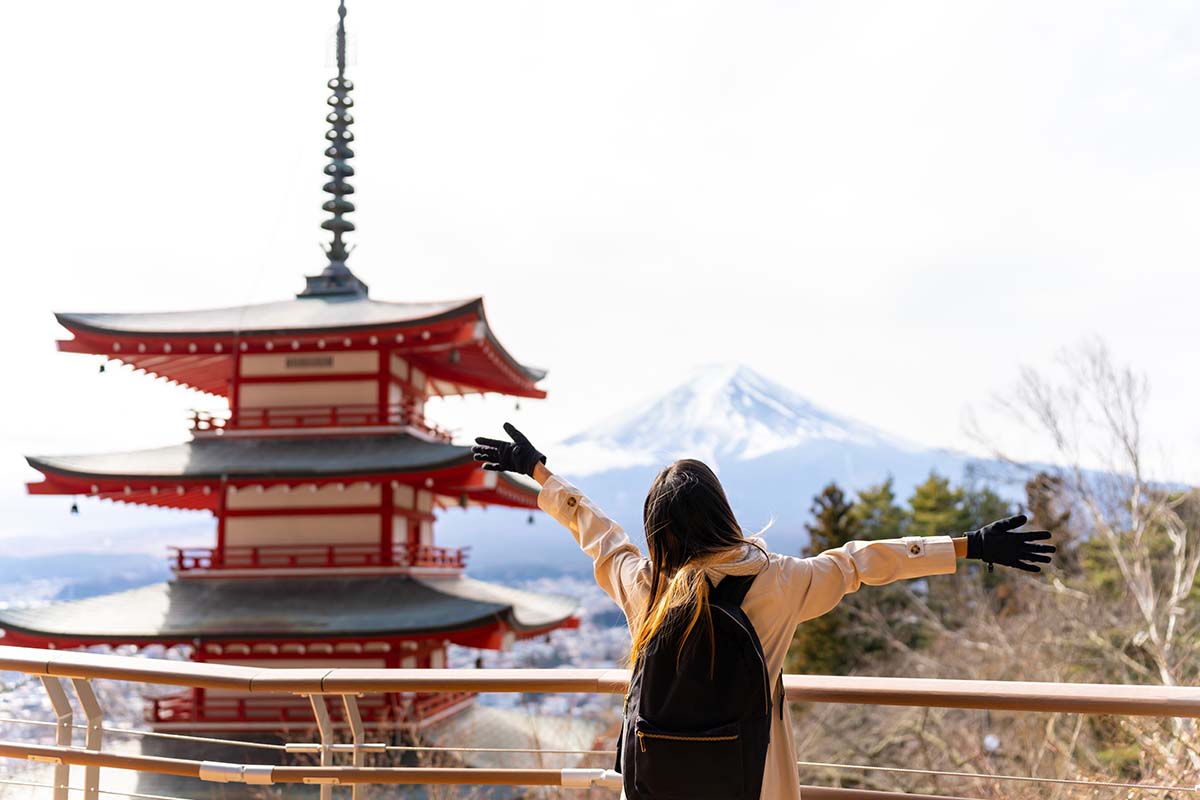

Tourism: Exploring Each Other’s Beauty
Tourism between Japan and the Philippines is booming, with both nations promoting travel to showcase their unique cultural, historical, and natural attractions.
QUICK FACTS : Tourism Cooperation
• In 2024, the Philippines experienced a notable surge in Japanese tourist arrivals, growing by 22.84% to reach 444,528 visitors
• A Memorandum of Cooperation was signed in 2023 to strengthen tourism ties
• Focus on promoting sustainable and cultural tourism between the two countries
Technology & Innovation: Shaping the Future Together
Japan and the Philippines are working together on cutting-edge technologies, including robotics, renewable energy, and digital innovations.
QUICK FACTS : Technological Collaboration
• Joint initiatives on renewable energy and environmental tech
• Japan supports the Philippines’ ICT infrastructure development
• Robotics projects are fostering advanced technological exchange between both nations
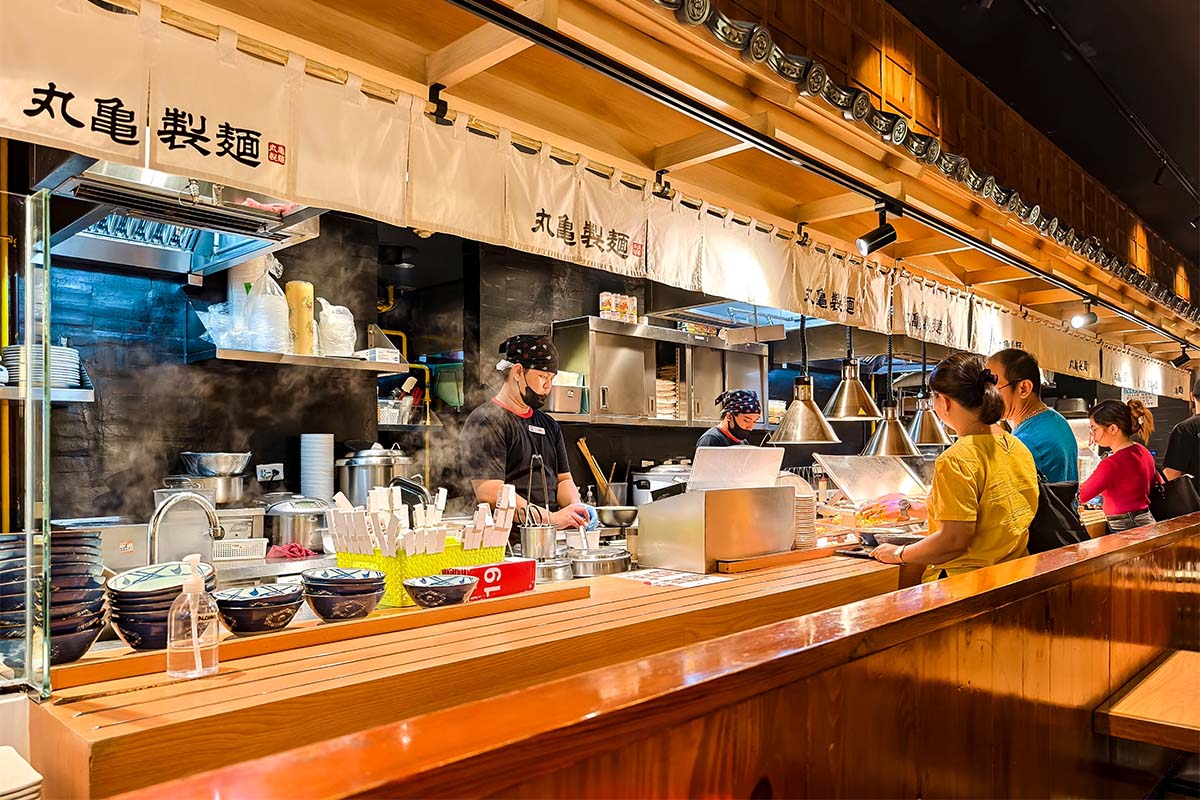
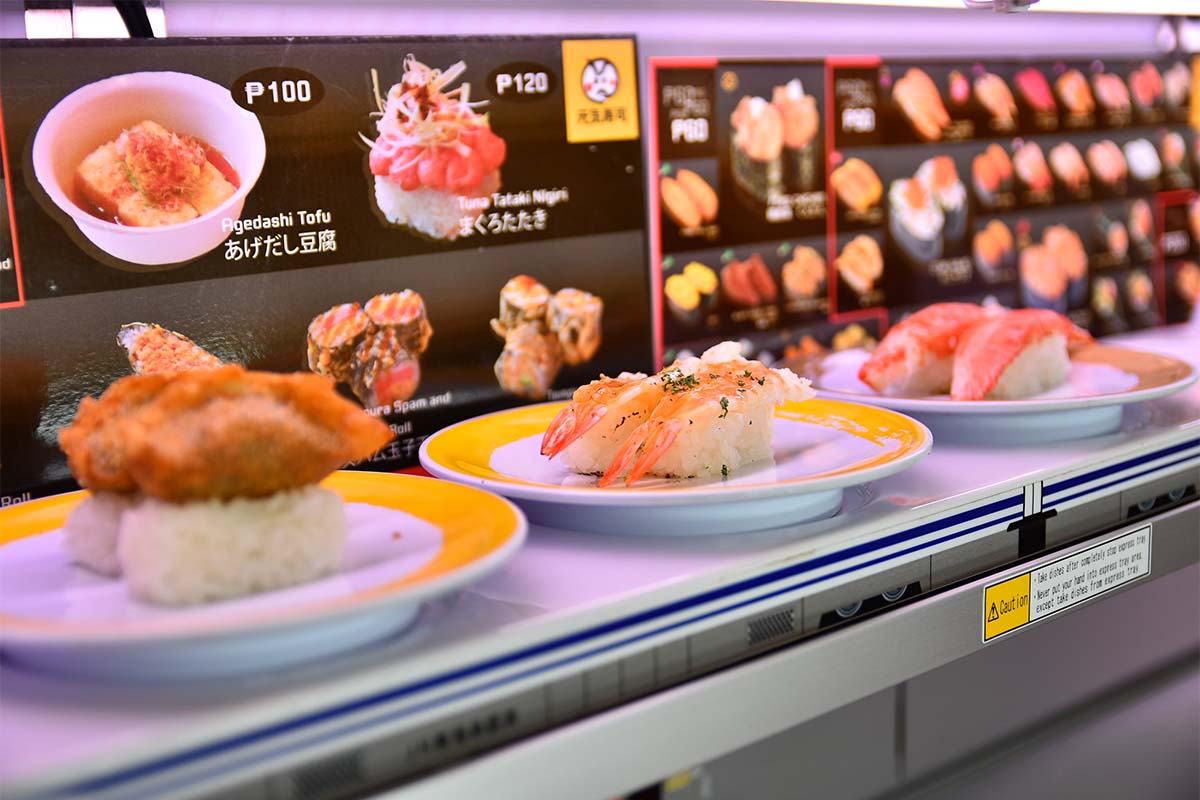
Agriculture & Food: A Culinary Exchange
Japanese cuisine has a strong and growing presence in the Philippines, influencing everything from restaurant trends to street food. Classic dishes like sushi, ramen, and tempura are mainstays in Filipino food culture, with Japanese food halls and restaurants gaining loyal followings across major Philippine cities. On the flip side, Filipino flavors are also making waves in Japan, with Filipino eateries serving up adobo, sinigang, and lechon. The exchange doesn’t stop at dining; Filipino mangoes and bananas are popular exports to Japan, while premium Japanese ingredients like wasabi, nori, and soy sauce are staples in Filipino kitchens.
QUICK FACTS : Culinary Connections
• Japanese food chains are growing in popularity in the Philippines; Filipino restaurants like Ate Restaurant in Nishi-Ogikubo, Ihawan in Shinjuku, Isla Pamilya in Kamata, Kabayan Resto in Kiryu City Gunma ken, and Nene’s Kitchen in Akabane serve Filipino specialties in Japan
• Filipino mangoes are one of the top exports to Japan
• Japanese ingredients, such as soy sauce and miso, are widely used in Filipino cooking
Sports: A Japanese Touch in Filipino Athletics
Japanese coaches have made a lasting impact on Filipino sports. Gymnastics star Carlos Yulo owes much of his success to Japanese coach Munehiro Kugimiya, who helped Yulo secure two gold medals at the 2024 Paris Olympics. Yulo, who has been training in Japan under Kugimiya since 2016, was earlier recognized by the Japanese government for enhancing Japan-Philippines relations. In 2019, Ambassador Koji Haneda awarded Yulo the Ambassador Commendation after his gold medal win at the FIG World Championships, where he also qualified for the Tokyo 2020 Olympics. Kugimiya also launched the Japanese Cultural Grassroots Project, improving facilities for the Gymnastics Association of the Philippines (GAP).
Meanwhile, Japanese coaching techniques have raised the level of volleyball, baseball, and football in the Philippines, with teams like Petro Gazz and Farm Fresh Foxies adopting Japanese methods.
QUICK FACTS : Sports Collaborations
• Munehiro Kugimiya mentored Carlos Yulo to Olympic gold; Japanese Cultural Grassroots Project upgraded GAP facilities
• Volleyball teams like Petro Gazz adopted Japanese coaching methods
• Yomiuri Giants hosted online training for over 400 Filipino athletes

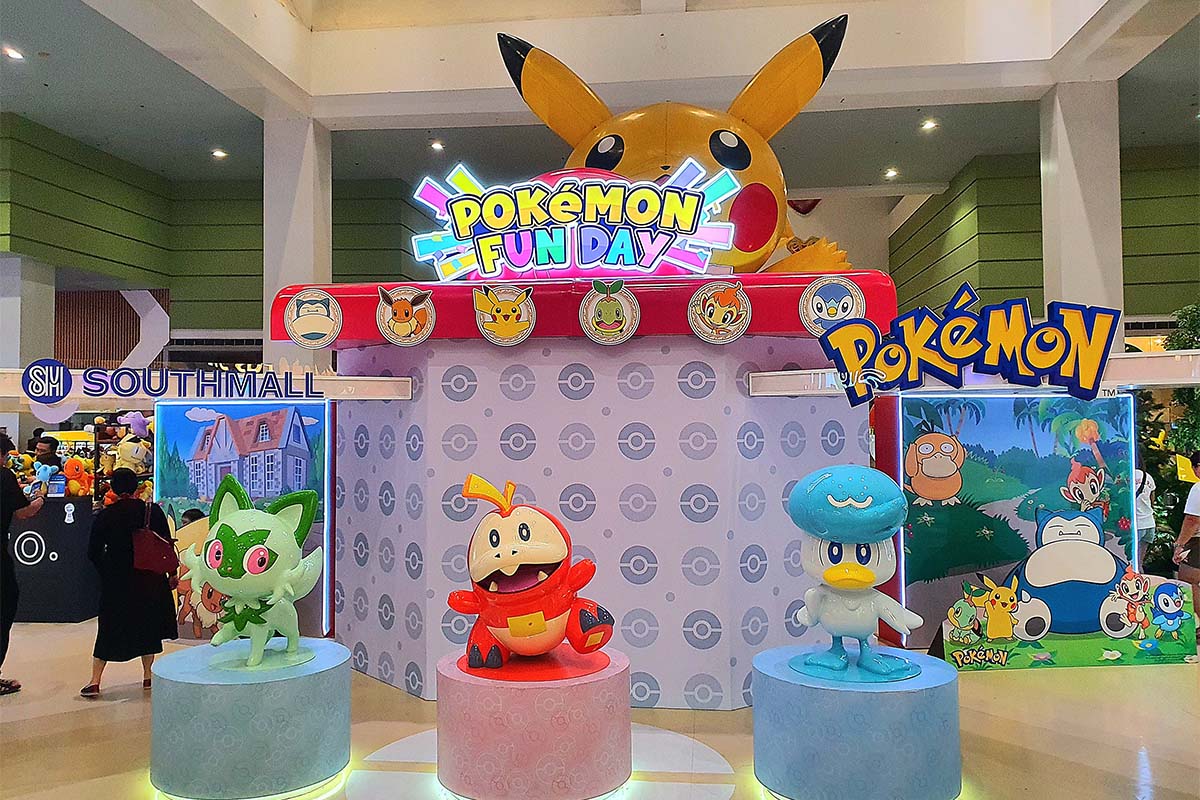
Pop Culture & Entertainment: Cultural Influence Across Borders
The influence of Japanese pop culture is everywhere in the Philippines, from anime conventions in Manila to the widespread popularity of manga and cosplay. A standout example is Voltes V: Legacy, the live-action remake by the Philippines’s GMA Network of the iconic 70s anime, which became a cultural phenomenon in the country. The TV series’ massive success reignited the love for Japanese anime, especially among Gen X and Millennials, and further solidified the deep connection between the two cultures. Meanwhile, Filipino fashion and streetwear brands continue to draw inspiration from Japanese design and otaku culture, creating a unique fusion of styles.
QUICK FACTS : Pop Culture Fusion
• Voltes V: Legacy became a massive hit in the Philippines in 2024. The “Super Electromagnetic Edition” Voltes V Legacy: The Cinematic Experience premiered in Japan on October 18, 2024
• Major anime conventions like Anime International Festival Manila and Ozine Fest bring thousands of fans together every year
• Filipino streetwear brands are inspired by Japanese design aesthetics
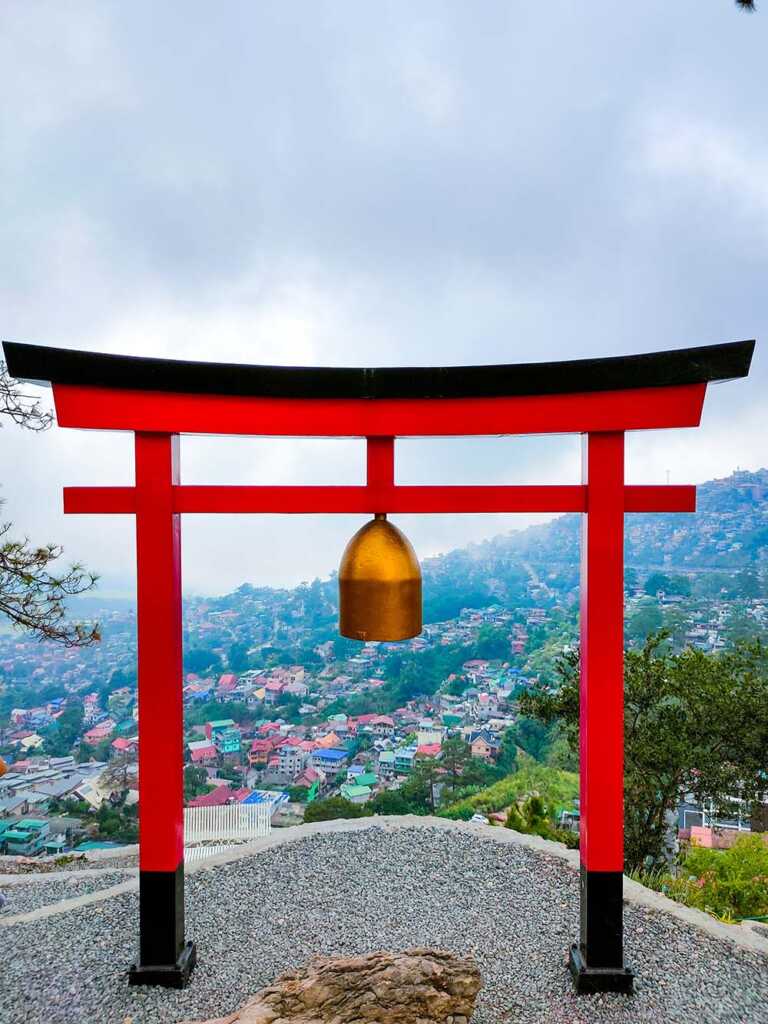
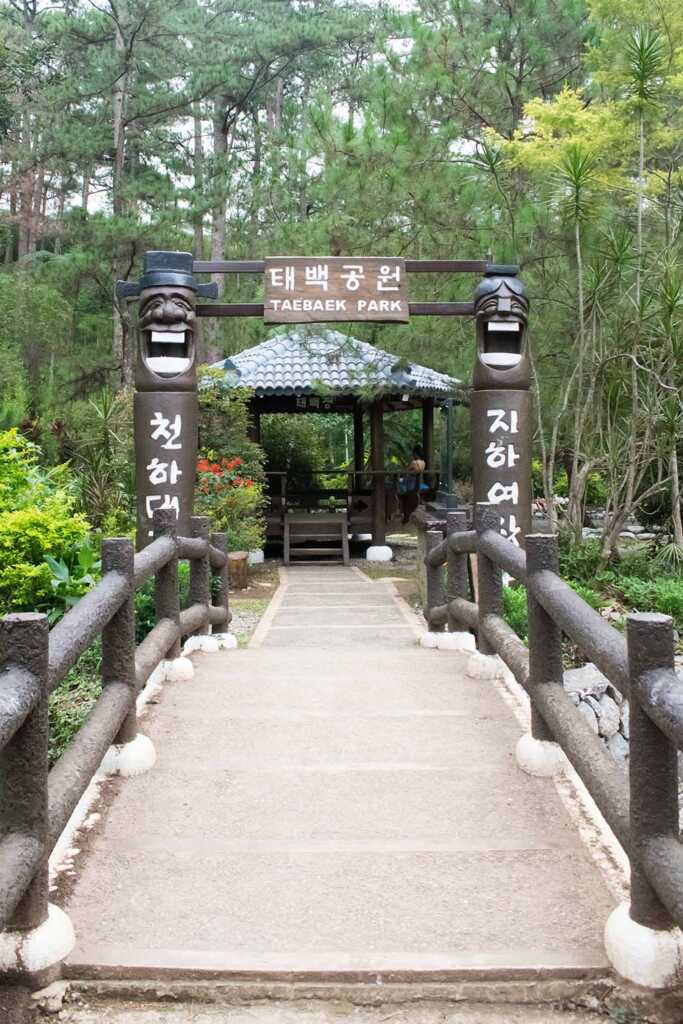

People Exchange: The Nikkei Community in Baguio and the Filipino Community in Takenotsuka
The Philippines is home to a growing Japanese-Filipino community, with a particularly notable Nikkei presence in Baguio, in the Philippines’ Cordillera Administrative Region (CAR). The Nikkei community here is made up of descendants of Japanese immigrants and has been part of the cultural landscape for decades. Meanwhile, the Takenotsuka district of Adachi Ward in Tokyo hosts a vibrant Filipino community known as “Little Manila,” with numerous pubs, restaurants, and businesses catering to immigrants. Its affordable public housing attracts many Filipinos seeking stable living conditions. The area’s convenient access to Saitama’s industrial zone, where many work, further strengthens its appeal.
QUICK FACTS : People Exchange
• Baguio City in the CAR, Philippines is home to a significant Nikkei community, since the early 1900s
• Takenotsuka’s Adachi Ward in Tokyo, Japan hosts a dynamic Filipino community, many residents of which work in Saitama’s industrial zone
• These connections aren’t just historical—they’re thriving, with Filipinos of Japanese descent and vice versa contributing to everything from local businesses to cultural exchanges
Business & Investment: Strengthening Economic Ties
Japan’s investments in the Philippines have created thriving sectors in manufacturing, infrastructure, and technology. Both countries are committed to nurturing a strong economic partnership.
QUICK FACTS : Economic Partnership
• Philippine economic zones host around 800 Japanese companies, directly employing over 343,000 Filipinos and generating more than ₱500 billion in investments
• Japan has invested heavily in transportation infrastructure in the Philippines
• Bilateral trade agreements continue to support both countries’ economies
A Shared Focus on Development: Tackling Modern Challenges
Japan and the Philippines work closely on addressing modern issues like disaster response, climate change, and economic development. Japan is one of the top contributors to Official Development Assistance (ODA) for the Philippines, supporting key infrastructure projects.
QUICK FACTS : Development Cooperation
• Japan is a major provider of ODA to the Philippines
• Japanese technology is used in disaster response and recovery efforts
• Both countries collaborate on climate change mitigation projects
The Japan–Philippines bond is a dynamic connection that thrives not only in the formal negotiations of the bilateral sphere but also in the more informal rhythms of everyday life. These nations have created a cultural mix that feels effortless and exciting—free-flowing exchanges between two countries that may see the world a little bit differently, but always find common ground.

